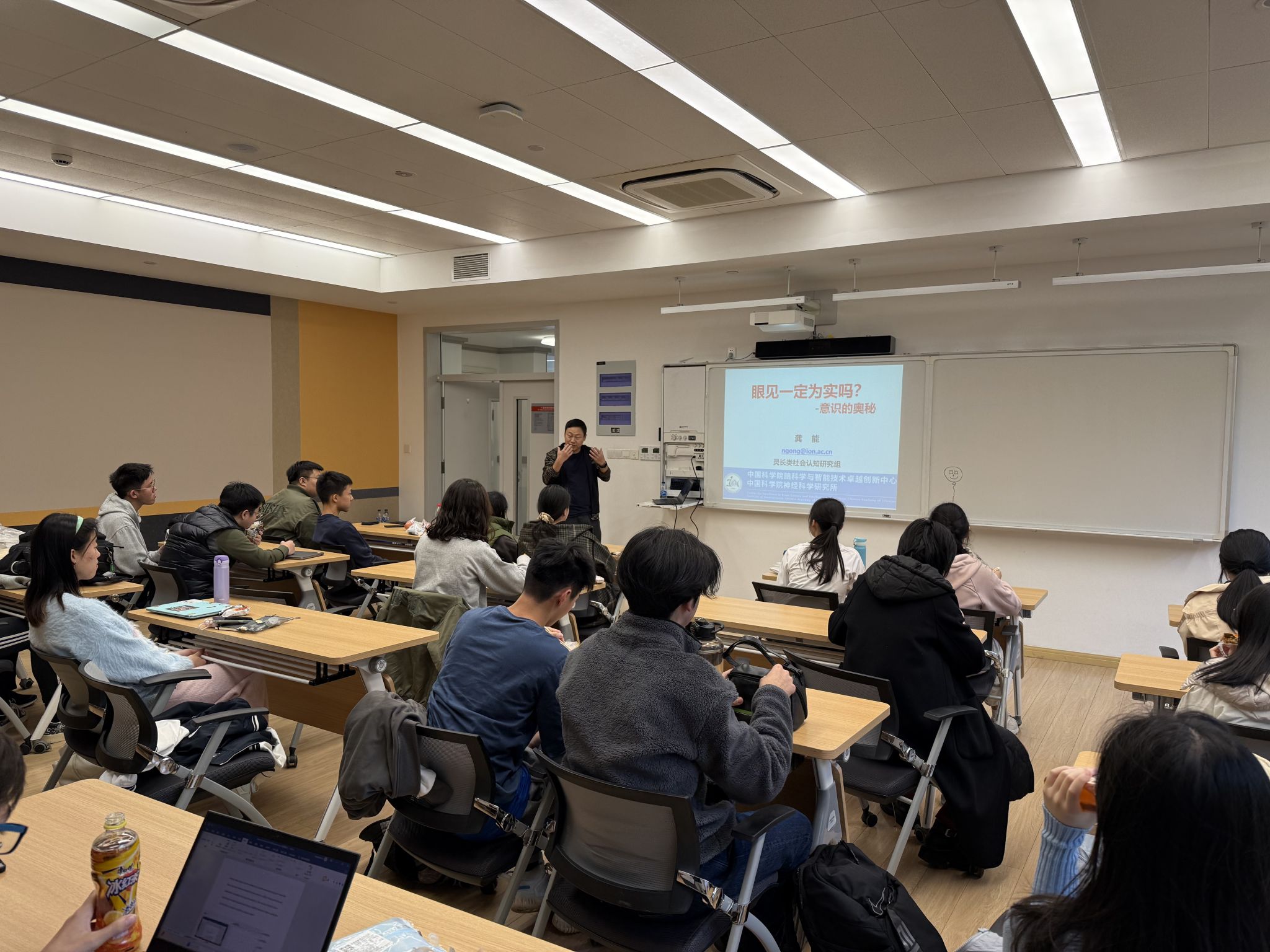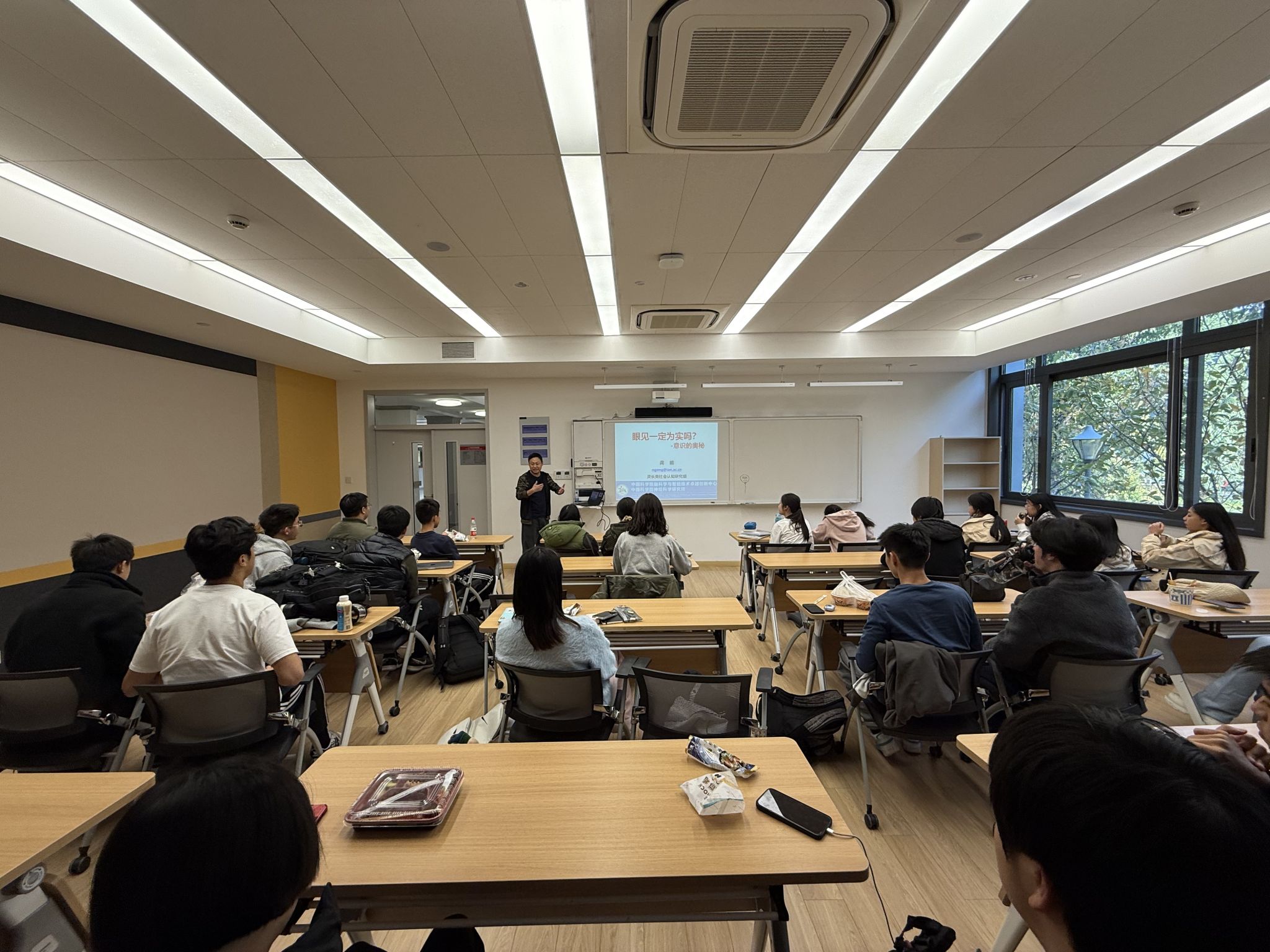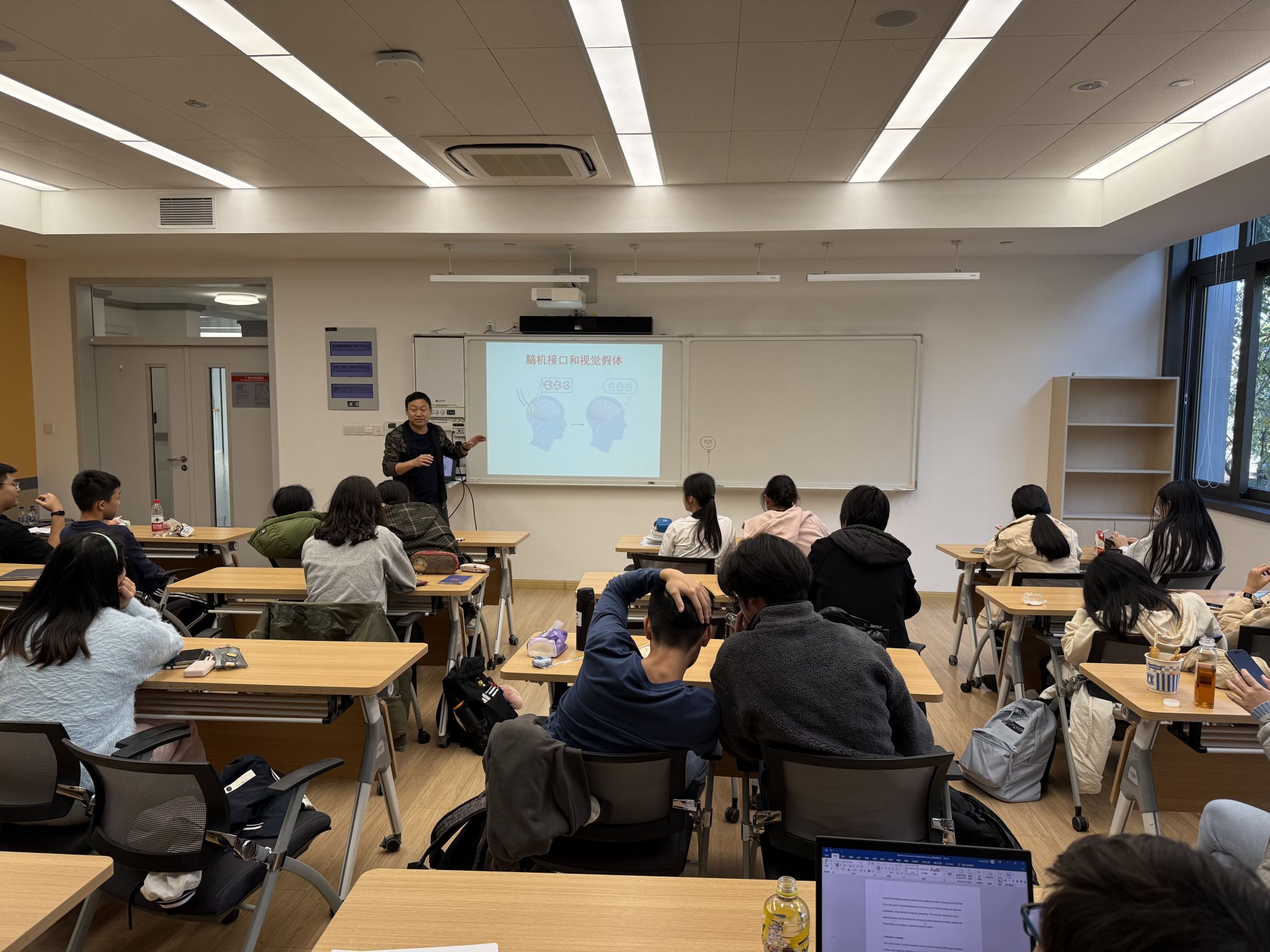-
ABOUT US
-
ACADEMICS
Curriculum Program
Departments
- English
- High School Chinese
- Primary and Junior School Chinese.
- High School Mathematics
- Middle School Mathematics
- Primary School Mathematics
- Music and Fine Arts
- Physical Education
- Physics
- Chemistry
- History and Geography
- Physical Science and Optional courses Department
- Middle School Biology
- High School Biology
- Social Sciences
- Computer Science
- Courses in Primary School
Achievements and Matriculations
College Counseling
Science & Technology Innovation Contest
Subject Competition
-
ARTS
-
ATHLETICS
-
AT SHSID
SHSID ∣ TIMES
PTSA
Club Exhibition
- 龙吟社
- Live 2 Drama
- Choir
- Hip-pop Dance Club
- The Primary School Dance Troupe
- Symposiums Club
- Biology Workshop
- You Shan
- VEX Robotic
- Peking Opera Club
- Baseball Club
- Model United Nations
- The World Scholar’s Cup
- Future Problem Solving Club
- United States Academic Pentathlon
- OM Club
- AMC Club
- Music for Patients
- SHSID Gazette
- Smile Charity
- Cultural Moments
- SciAcademy
- Stem Doge Alliance
- Chinese Debate Club
- IAA
- Mock Trial Club
- Zhengming Club
- Art-to-zine
- Bananaheads
- Electronics
- Furry Friends
- GT-Racing
- MCG Philharmonics
- Village Radio
- IMMC Club
- Creative Design and Intelligent Fabrication
- Future City Research Project
- ECOCAP
- AdvocaSEA
- SPDC
- Medishine
- Floorball Club
- Animusic MTC
- Wings Up
Health and Wellness
Campus Safety
Cafeteria Service
-
ADMINISTRATION
-
ADMISSIONS
-
ALUMNI
Alumni Information
Honors Students
- Class of 2025
- Class of 2024
- Class of 2023
- Class of 2022
- Class of 2021
- Class of 2020
- Class of 2019
- Class of 2018
- Class of 2017
- Class of 2016
- Class of 2015
- Class of 2014
- Class of 2013
- Class of 2012
- Class of 2011
- Class of 2010
- Class of 2009
- Class of 2008
- Class of 2007
- Class of 2006
Who Studied at SHSID
SHS Foundation
-
DOCUMENTS
Exploring the Mystery of Consciousness: A Captivating Lecture
Have you ever wondered what your existence truly means? How do you perceive the world around you? In what way does human consciousness influence our understanding of the world? These questions have long troubled humanity and remain at the core of our relentless pursuit and exploration of knowledge. During the lunch period of November 26, the lecture hall of Zhongxing Building was filled as Dr. Gong Neng, a researcher at the Institute of Brain Science and Intelligent Technology at the Chinese Academy of Sciences, delivered a lecture titled "Is Seeing Believing? – The Mysteries of Consciousness" to the high school students in SHSID.

At the beginning of the lecture, Dr. Gong posed a thought-provoking question: "Can our senses truly reflect the world?" He used engaging experiments and case studies to guide the students into a deeper exploration of consciousness and perception. Dr. Gong pointed out that although the human visual system is highly complex and sophisticated, the brain often creates "illusions" when processing information, such as the well-known "blind spot" and "hallucinations." These phenomena reveal the subtle relationship between perception and consciousness. Dr. Gong explained how the brain perceives external stimuli through neural networks and transforms these signals into sensory experiences like vision and hearing. He emphasized that the brain is not merely a passive receiver of external signals, but actively processes, predicts, and interprets information through complex neural networks. Therefore, consciousness is not simply a matter of "seeing is believing," but a highly dynamic and active process influenced by various factors, including past experiences, emotional states, and the brain's internal predictive mechanisms.

Additionally, Dr. Gong discussed how the intersection of artificial intelligence and neuroscience can help students unravel the mysteries of human consciousness. He highlighted how deep learning algorithms, particularly neural network models in the field of AI, mimic the information processing methods of the brain's neural networks, gradually optimizing prediction capabilities through data training. This type of research not only drives the development of intelligent technology but also offers new perspectives on understanding how the brain functions.

At the conclusion of the lecture, Dr. Gong invited students to ponder the question, "If we cannot fully trust our sensory perceptions, then what is real?" He encouraged students to engage in scientific exploration, think from multiple angles, and validate their ideas through experimentation to gain a deeper understanding of how the brain works and how the combination of neuroscience and AI could reveal new insights. Using vivid examples and engaging interactions, Dr. Gong led the students on a journey to explore the mysteries of consciousness.
After the lecture, many students eagerly asked questions about topics such as consciousness, perception, and brain-computer interfaces. Dr. Gong patiently addressed each question, demonstrating his academic expertise and passion for guiding young learners. They expressed that the lecture had provided them with a more profound understanding of the relationship between the brain and consciousness, and sparked a strong interest in the future development of brain science and intelligent technology.
This lecture not only provided students with valuable academic insights but also opened up new pathways for their future studies.
(Written and Pictures by High School STEAMS advisor office Edited by Cody Turner Reviewed by Qian Zuo)